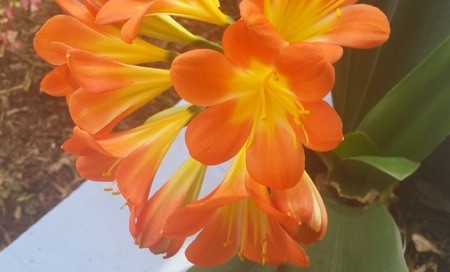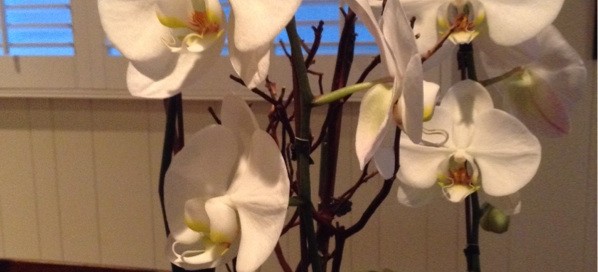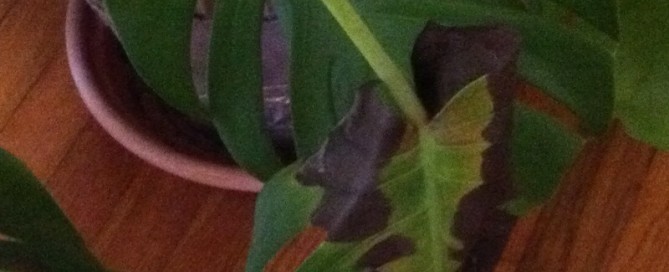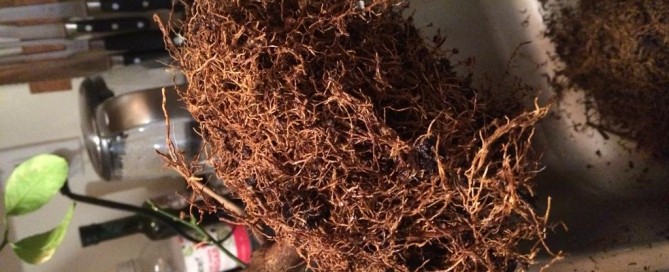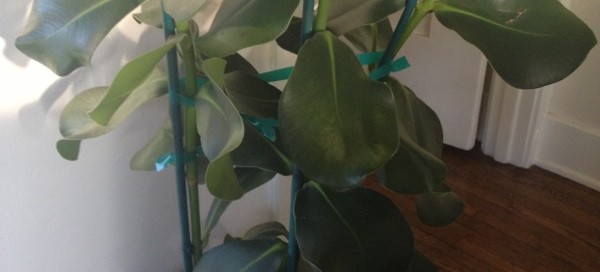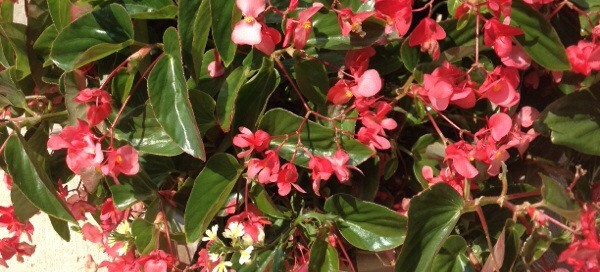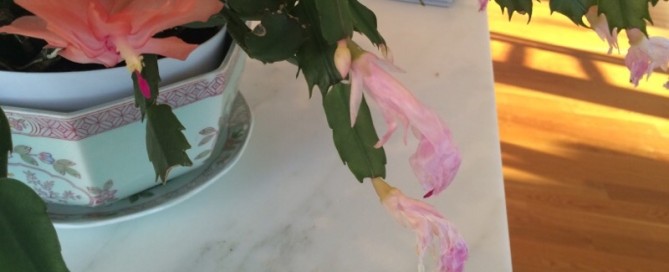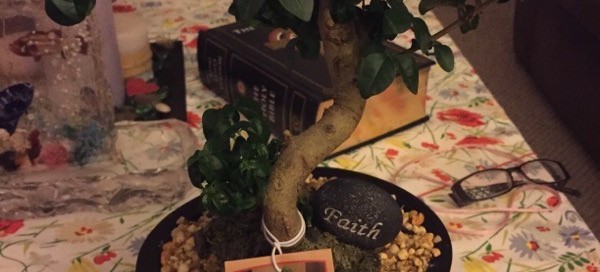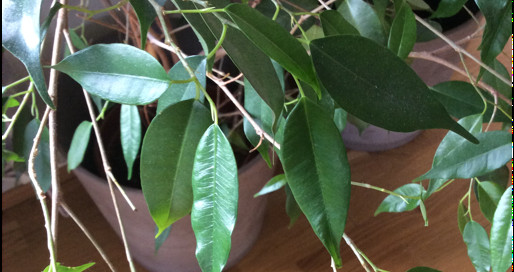Peace Lily
This appears to be a peace lily plant prized for its white blooms (actually spathes, the real flower is the spike in the center of the spathe) and characteristic of this plant. It grows best in bright, indirect light indoors, never direct sunlight. If the plant doesn't get enough light, it won't bloom, but if it gets too much direct sun on the leaves, it may get leaf burn. Give it regular water and feed with a slow-release fertilizer formulated for blooming container plants. Must have good drainage. If the first few inches are dry, water it until water runs out the bottom and let drain thoroughly. Do not allow plant to sit in water as this may lead to root rot. Also, it is a houseplant and will not tolerate frost or cold temperatures, so do not place outdoors this time of year.

